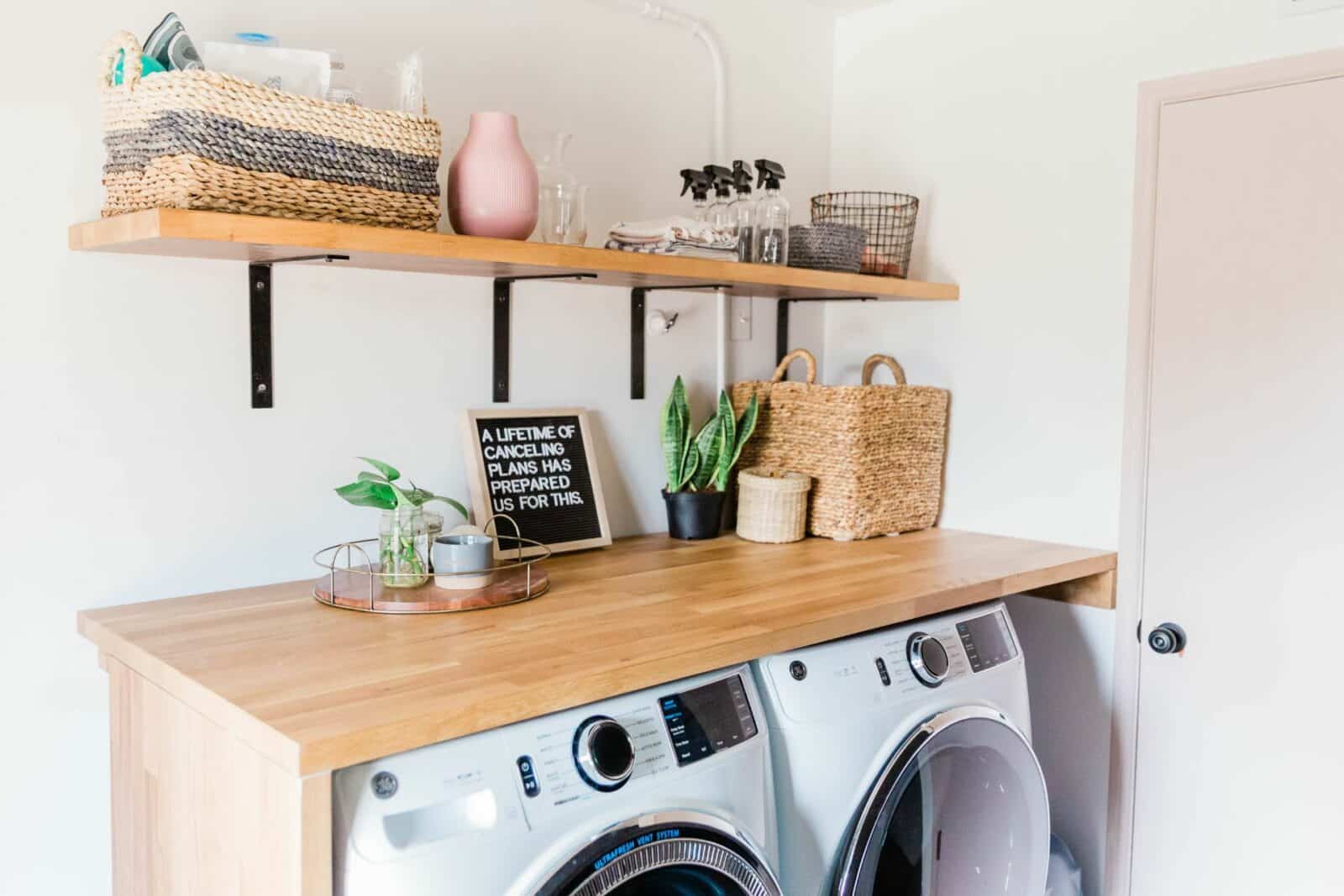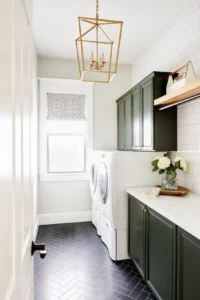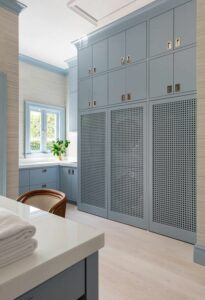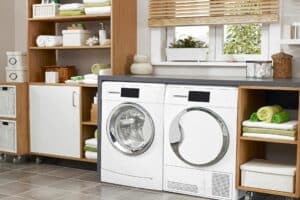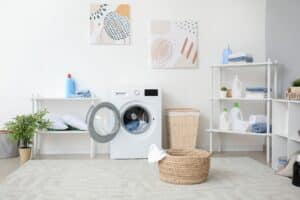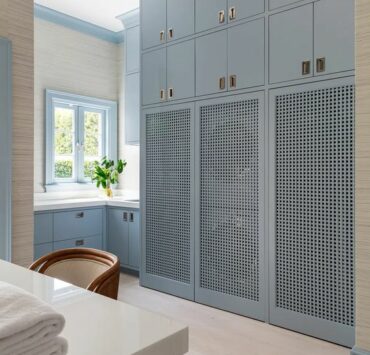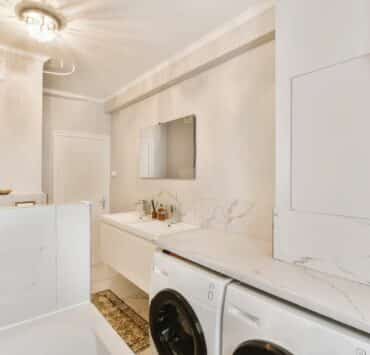Designing a laundry room is an opportunity to transform a mundane chore into an organized and efficient process. A well-designed laundry room not only streamlines your laundry routine but also adds value to your home. From layout and storage solutions to choosing the right appliances, every detail matters in creating a functional and aesthetically pleasing laundry space. In this guide, we’ll take you through the process of designing a laundry room that suits your needs, enhances efficiency, and simplifies your laundry tasks.
The Art of Laundry Room Design
A well-designed laundry room is the key to maintaining an organized and efficient home.
Step 1: Assess Your Needs
Begin by identifying your laundry needs. Do you need space for folding, storage, ironing, or pet care? This will guide your design choices.
Step 2: Choose a Location
Select a convenient location for your laundry room. It could be a dedicated room, a corner of the kitchen, or a closet with sufficient space.
Step 3: Plan the Layout
Design a layout that optimizes the flow of work. Place the washer and dryer near a water source and create designated zones for sorting, folding, and ironing.
Step 4: Consider Storage
Incorporate ample storage solutions to keep laundry supplies, cleaning products, and linens organized. Cabinets, shelves, and baskets are essential.
Step 5: Select Appliances
Choose energy-efficient and appropriately sized appliances. Front-loading washers and dryers are space-saving and efficient options.
Step 6: Optimize Countertops
Add countertops for folding and sorting clothes. If space is limited, consider fold-down countertops that can be tucked away when not in use.
Step 7: Plan for Ventilation
Proper ventilation is essential to prevent moisture buildup and odors. Install a ventilation fan or consider a window for natural airflow.
Step 8: Choose Lighting
Select bright and efficient lighting to ensure visibility while working. Overhead lighting and task lighting near countertops are crucial.
Step 9: Add Utility Sink
Incorporate a utility sink for hand-washing, soaking, and cleaning tasks. A deep sink with a pull-down faucet is ideal.
Step 10: Personalize the Space
Add personal touches to make the laundry room inviting. Paint the walls in a color you love, hang artwork, and incorporate decorative accents.
FAQs about Designing a Laundry Room
Can I design a laundry room in a small space?
Yes, even small spaces can be optimized for laundry. Use vertical storage and compact appliances to make the most of limited room.
What’s the advantage of front-loading washers and dryers?
Front-loaders are more energy-efficient, use less water, and offer more flexibility in terms of placement and storage.
Is it necessary to have a dedicated laundry room?
No, a laundry space can be incorporated into other rooms, such as a kitchen or bathroom, as long as it’s well-planned and organized.
How can I prevent clutter in the laundry room?
Designate specific storage areas for supplies and use bins or baskets to keep items organized. Regular decluttering is also important.
What type of flooring is best for a laundry room?
Durable and water-resistant flooring options like tile, vinyl, or laminate are ideal for laundry rooms, as they can withstand spills and moisture.
Can I make the laundry room energy-efficient?
Yes, use energy-efficient appliances, LED lighting, and consider adding insulation to improve the room’s energy efficiency.
Conclusion: An Organized Laundry Oasis
Designing a laundry room is all about creating an organized oasis where laundry tasks become efficient and even enjoyable. By following these step-by-step instructions and considering your specific needs, you can design a laundry room that enhances your daily routine and adds practical value to your home.
